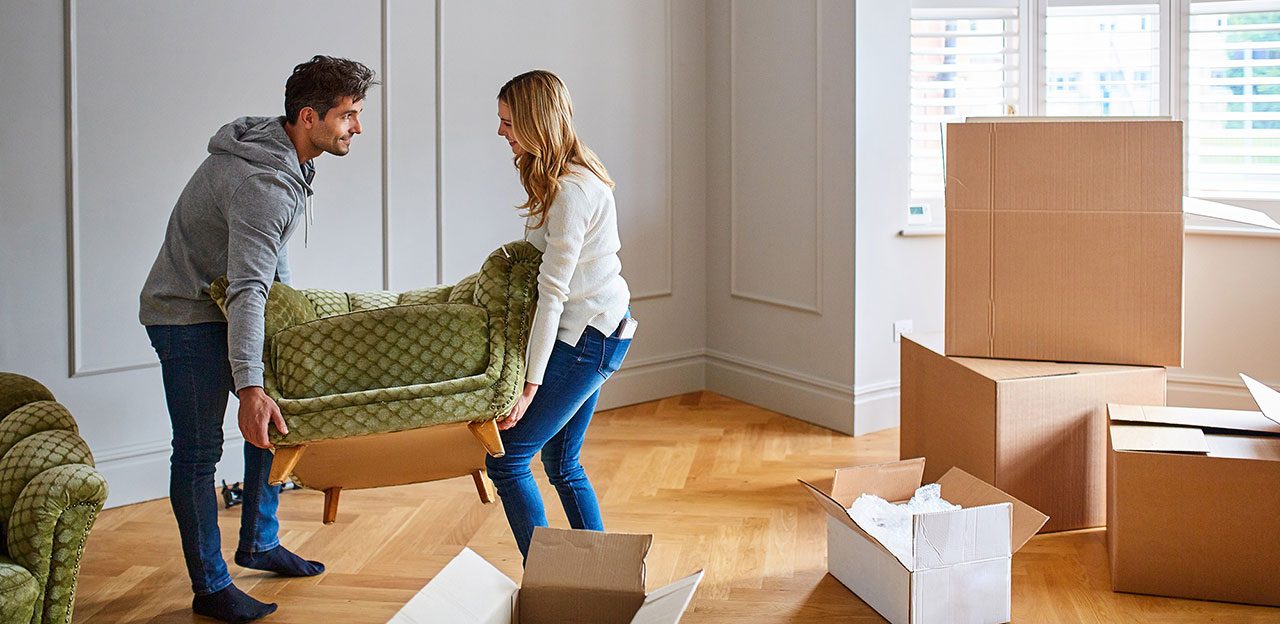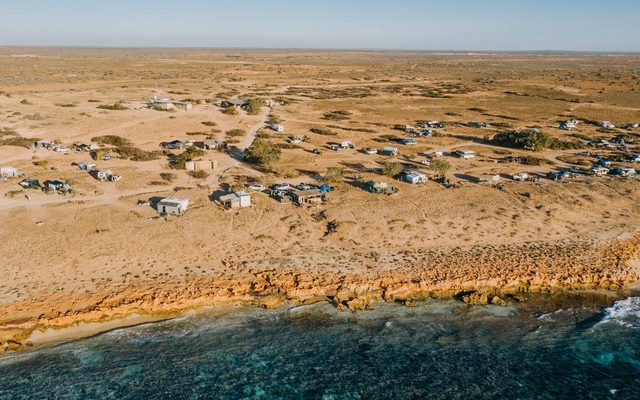This article is from the Australian Property Journal archive
MORE than one-third of Australians aged 18 to 25 have no property plans over the next decade, as the cost-of-living and housing crises put property goals further beyond reach.
New research by Compare the Market shows Generation Z Aussies are 10% less likely than their American counterparts, and almost 20% less likely than their Canadian counterparts to aspire to purchase or improve a home within the next 10 years.
Nearly half – 48.1% – of Gen Z Aussies that do have property plans intend to take up a second job or side hustle in order to get into the market, compared to just over one-in-ten Baby Boomers.
Only about half of Australians with property plans intend to save money for these goals by reducing non-essential spending. This was consistent across all age groups. Savings ratios have fallen from 24% during the peak of COVID to just 1%.
One-quarter said they would move to a more affordable area. House prices hit new records again in February and CoreLogic data shows every one of Brisbane’s suburbs saw house and unit prices rise over the past year, while Adelaide and Perth had just a couple of suburbs that bucked the trend, amid a raging imbalance of supply and demand.
Less than one in five in the Compare the Market survey said they would invest in the stock market, but Gen Z came in highest among all generational brackets with 29.1%.
“There is no denying that owning or improving a home can be extremely expensive. For many people, buying a home will be the biggest purchase of their life, and a home loan might be the largest financial commitment they ever make,” said general manager of money at Compare the Market, Stephen Zeller.
“It is important to plan accordingly, budget effectively and have realistic expectations if you want to achieve your goal.”
Across the entire cohort, more people said they are willing to sell personal belongings and family heirlooms as a method to save for property plans than move into a sharehouse with strangers, and only 10% are willing to borrow money or rely on support from family and friends.
Housing demand is being buoyed by population growth, tight rental markets, resilient labour market conditions and recent home equity gains.
Meanwhile, supply chain issues, sharps rise in construction costs and labour and materials shortages have slowed the delivery of new builds. The Urban Development Institute of Australia is predicting that just 79,000 new homes will be finished in 2026 – the lowest level in over a decade – putting the National Housing Accord’s aim of building 1.2 million homes over the next five years in serious jeopardy.




